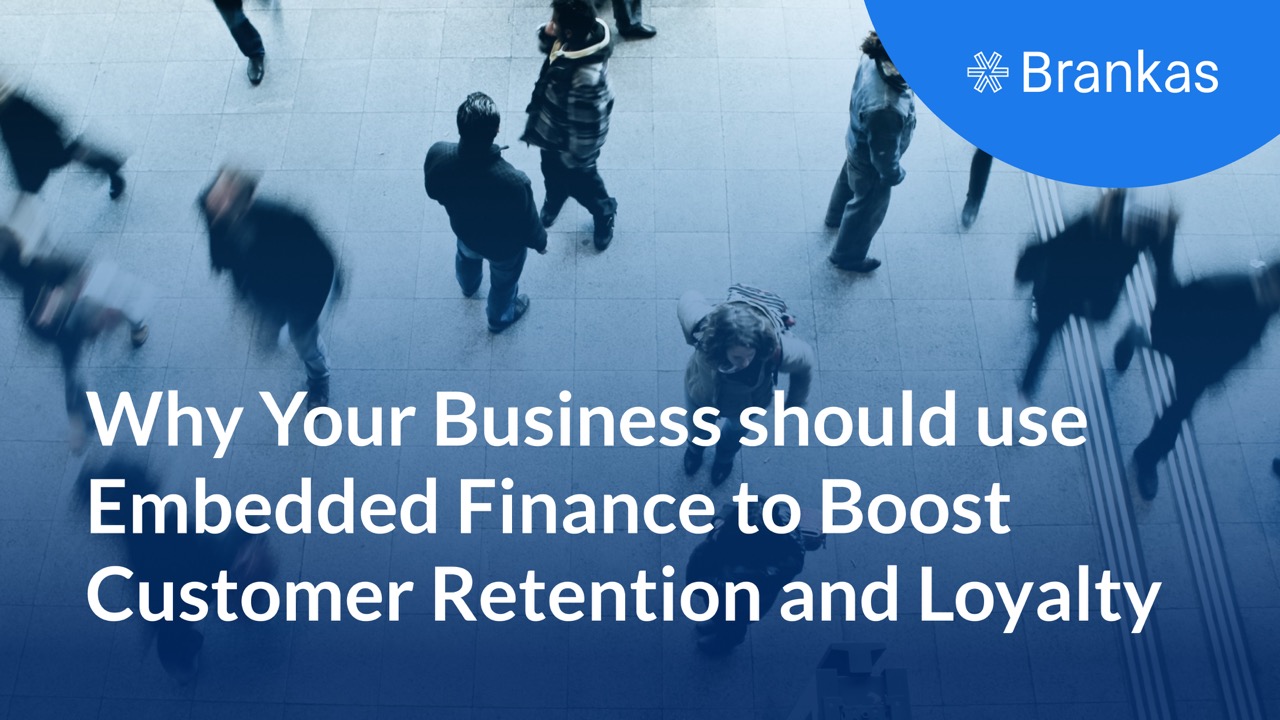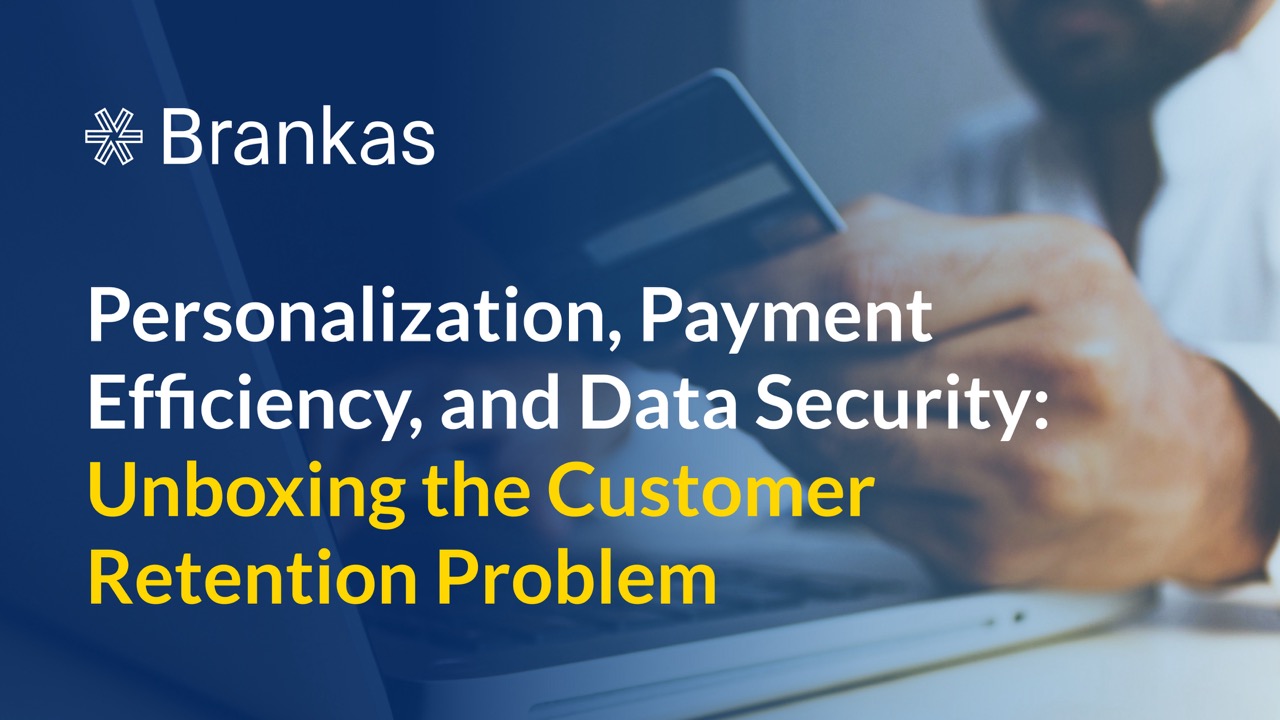New customers frequently enter the scene of a bustling business, and it is easy to overlook the steady companions that keep operations running smoothly – loyal customers. Customer retention, the art of keeping valuable patrons returning, is a critical endeavor for businesses of all shapes and sizes. It is more than just a numerical figure; it is the lifeblood that sustains growth, profitability, and reputation.
The significance of customer retention cannot be overstated. The pursuit of new customers is undoubtedly vital, but the retention of existing ones is equally, if not more, important. Loyal customers often prove to be the cornerstone of a thriving business, driving revenue, and providing stability. They do not just make one-off purchases; they engage consistently, spreading positive word-of-mouth and becoming brand advocates.
Businesses face many challenges in the quest to maintain these coveted relationships. Customer retention or ‘stickiness’ is riddled with complexities ranging from the ever-present threat of churn rates skyrocketing to the daunting task of offering personalized experiences at scale. Payment friction and data security concerns further complicate the picture, leaving businesses scrambling for solutions to keep their cherished customers from slipping away. In this two-part series, we delve into these common customer retention problems and explore the innovative role of embedded finance in solving them. Join us on this journey to discover how businesses can secure their future by preserving their past (their loyal customer base).
Understanding Customer Retention Issues
A high customer churn rate is like a leaky bucket, constantly draining away hard-earned profits. Retaining customers is often more challenging than attracting new ones in the fiercely competitive business landscape. To address this issue, it is crucial to understand first why customers leave in the first place.
Competition and easy switching

Customers have an abundance of options at their fingertips in today’s digital age. Whether it is switching banks, trying out a new e-commerce platform, or opting for a different streaming service, the competition is just a click away. This ease of switching providers makes it imperative for businesses to continuously earn and re-earn their customers' loyalty.
Customers are quick to jump ship if they find a better deal, superior service, or more convenience elsewhere. To combat this, businesses need to not only meet but exceed customer expectations consistently. It is no longer sufficient to offer just a product or service; it is about building an ongoing relationship that adds value beyond the initial transaction.
Blockbuster, once a leading movie rental chain, struggled with customer retention due to increased competition and the ease of switching to alternatives like Netflix. Customers found it more convenient to access movies online rather than visiting physical stores. Blockbuster eventually filed for bankruptcy in 2010, highlighting the impact of failing to adapt to changing customer preferences and market dynamics.
Unresolved customer problems
Another reason customers often take their business elsewhere is the frustration stemming from unresolved issues. Customers expect prompt and effective resolution when they encounter problems, whether it is a billing discrepancy, a faulty product, or subpar customer service. Failure to address these concerns can lead to frustration, erode trust, and ultimately push customers towards your competitors.
Businesses need efficient systems and well-trained staff to tackle and resolve customer issues swiftly. A seamless customer support experience and a commitment to making things right can go a long way in preventing churn. We will explore how embedded finance solutions can play a pivotal role in addressing these customer retention challenges, offering businesses the tools they need to keep their customers content and loyal in the next article of this series.
Comcast faced severe customer retention challenges due to unresolved customer problems. Customers often complained about billing errors, service disruptions, and poor customer service. These issues led to a high customer churn rate as dissatisfied customers switched to competitors with better customer support.
Inadequate personalization
Inadequate personalization occurs when businesses employ generic, one-size-fits-all marketing strategies that fail to resonate with individual customers. This approach treats all customers as if they have identical needs, preferences, and behaviors. Customers are unique, and they expect businesses to recognize and cater to their distinct requirements.
Related to generic marketing is the issue of customization. It involves tailoring products, services, and marketing efforts to meet the specific needs and preferences of individual customers. Lack of customization can lead to customer dissatisfaction and churn.
Amazon’s personalized recommendation system revolutionized the online retail industry. In contrast, many local bookstores struggled to provide personalized shopping experiences. Customers appreciated Amazon’s tailored product suggestions and convenient shopping, leading to decreased customer retention for traditional bookstores.
Effective personalization and customization require data-driven insights into customer behaviors and preferences. Embedded finance solutions can play a crucial role in gathering and analyzing this data, enabling businesses to create tailored experiences that keep customers engaged and satisfied. In our next article, we will look at how embedded finance can provide the tools needed to enhance personalization and customization efforts, ultimately boosting customer retention rates.
Limited payment options

Limited payment options refer to businesses offering only a restricted set of payment methods, which can be inconvenient for customers. This issue creates payment friction, making it difficult for customers to complete transactions smoothly. Payment friction can have several negative consequences for businesses and their customers.
For example, if an e-commerce website accepts only credit card payments but does not support digital wallets or alternative payment methods, it may deter potential customers who prefer different payment options. This friction can lead to cart abandonment, where customers abandon their shopping carts without making a purchase.
Abandoned carts and failed transactions are direct outcomes of limited payment options and payment friction. When customers encounter difficulties or inconveniences during the checkout process, they are more likely to abandon their shopping carts or experience transaction failures.
Abandoned carts represent lost revenue opportunities for businesses. Customers may leave items in their carts but never complete the purchase due to payment issues. This not only impacts immediate sales but can also harm long-term customer relationships and retention rates.
Failed transactions can also lead to frustration and dissatisfaction among customers. If a payment fails, customers may have to repeat the entire checkout process or contact customer support for assistance, resulting in a poor customer experience.
Embedded finance solutions can address these challenges by offering a wide range of payment options and facilitating seamless transactions. In Part 2 of this series, we will explore how embedded finance can enhance payment flexibility and reduce payment friction, ultimately contributing to improved customer retention.
Data security concerns

Data security concerns are paramount in today’s digital age. Customers entrust businesses with their personal and financial information. This trust is essential for customer retention. When customers perceive that their data is not adequately protected, it erodes trust and can lead to attrition.
Trust plays a vital role in customer retention because loyal customers are more likely to stay with a business they believe will safeguard their sensitive information. If customers feel their data is at risk due to inadequate security measures, they may seek alternatives with better security practices.
Data breaches can have severe consequences for customer retention. When a business experiences a data breach, it exposes sensitive customer information, such as names, addresses, credit card details, and more. The aftermath of a data breach can include identity theft, financial losses, and emotional distress for affected customers.
Yahoo experienced several data breaches that exposed millions of user accounts. These breaches eroded customer trust, and many Yahoo users closed their accounts or switched to more secure email services like Gmail. The breaches had a significant impact on Yahoo’s user base and its ultimate acquisition by Verizon.
In addition to these direct consequences, data breaches can result in reputational damage for a business. Negative publicity and loss of customer trust can lead to a significant customer exodus. Customers may choose to discontinue their relationship with the breached company, seeking out competitors they perceive as more secure.
Addressing data security concerns through robust cybersecurity measures and embedded finance solutions can help mitigate these risks. We will explore how embedded finance can enhance data security, rebuild trust, and contribute to customer retention in part 2 of this series.
Numbers Do Not Lie
“Did you know that it costs five times as much to attract a new customer, than to keep an existing one? The first rule of any business is to retain customers and build a loyal relationship with them, and thereby avoid customer acquisition costs. It’s a well-established fact that 44% of companies have a greater focus on customer acquisition vs. 18% that focus on retention.” Khalid Saleh, CEO and co-founder of Invesp
Understanding the numbers in business is pivotal. Customer retention statistics guide companies on their journey to success and provide valuable insights into the profound impact of retaining customers. These figures illuminate why businesses are investing more than ever in strategies like embedded finance to navigate the complex terrain of customer retention successfully.
- Boosting customer retention rates by just 5% can lead to substantial profit increases ranging from 25% to 95%. (Invesp)
- Selling to existing customers typically has a success rate of 60% to 70%, while selling to new customers sees a considerably lower success rate ranging from 5% to 20%. (Semrush)
- Boosting customer retention by just 5% can result in a significant profit surge, ranging from 25% to an impressive 95%. (Gitnux)
- 80% of a company’s profits are generated by 20% of its customer base. (SmallBizGenius)
- A substantial 65% of a company’s revenue is derived from its loyal base of existing customers. (Gitnux)
- Returning customers often contribute 33% more in spending when compared to new customers. (Textedly)
- Existing customers are 50% more likely to embrace new product offerings. (Zippia)
- The customer churn rate can soar as high as 30% in certain global markets. (Deloitte)
- 74% of respondents make purchasing decisions based on their buying experience, with a staggering 77% considering customer experience as equally vital as product quality. (Forbes)
- 70% of consumers prioritize friendly customer support, convenience, and speed as the top three factors contributing to their loyalty to a business. (pwc)
The Role of Technology

Technology is not just a choice these days – it is a vital solution to many challenges companies face, including retaining customers. Businesses today must harness the power of technology not only to stay competitive but also to address pressing issues that impact stickiness. Technology plays a critical role in shaping the strategies that keep customers coming back, such as:
Data analytics enable businesses to collect, process, and analyze vast amounts of customer data. This data can be leveraged to understand customer behavior, preferences, and pain points better. By identifying patterns and trends, businesses can tailor their offerings and marketing strategies to meet customer needs effectively.
Customer Relationship Management (CRM) systems empower businesses to manage their interactions with customers efficiently. These systems store customer information, track communication history, and provide insights for more personalized engagement. CRM tools enable businesses to nurture customer relationships and address their concerns promptly.
Personalization algorithms and machine learning models can create personalized experiences for customers. These technologies analyze customer data to offer product recommendations, content, and marketing messages tailored to individual preferences. Personalization enhances engagement and keeps customers coming back for more.
AI-driven chatbots and virtual assistants provide 24/7 customer support. These systems can handle routine inquiries, guide customers through troubleshooting processes, and even offer personalized recommendations. This automation ensures that customers receive timely assistance, improving their overall experience.
For businesses with an online presence, e-commerce platforms integrate various tools to optimize the customer journey. Features such as one-click purchases, guest checkouts, and intuitive navigation enhance the shopping experience. Additionally, technology streamlines payment processes, reducing cart abandonment rates.
Social media platforms offer a direct channel for engaging with customers. Technology enables businesses to monitor social media conversations, respond to customer inquiries, and address complaints promptly. Social listening tools help companies stay attuned to customer sentiment and adapt their strategies accordingly.
Automated email marketing campaigns deliver targeted messages to customers based on their behavior and preferences. Technology facilitates segmenting customer lists, scheduling emails, and tracking performance metrics. Email automation keeps customers informed and engaged over time.
As data breaches remain a concern, technology continuously evolves to enhance data security. Encryption, multi-factor authentication, and robust cybersecurity protocols build trust with customers by safeguarding their sensitive information.
Modern payment solutions, including digital wallets and mobile apps, simplify transactions for customers. Technology ensures secure and convenient payment experiences, reducing the friction that can lead to customer churn.
Embedded finance, encompassing modern payment solutions like digital wallets and mobile apps, plays a pivotal role in simplifying transactions for customers. This infusion of technology ensures secure and convenient payment experiences, effectively reducing the friction that can often lead to customer churn.
This article covered the significant obstacles that businesses confront when striving to retain their valuable customers. These challenges highlight the paramount importance of customer retention in today’s intensely competitive landscape. The compelling statistics we have explored underscore that customer retention is not merely a facet of business strategy—it stands as the linchpin of profitability.
In our next article, we will closely examine how embedded finance, as part of the technology-driven solution spectrum, can provide innovative answers to these retention challenges. This exploration promises to transform the very way businesses engage with and retain their cherished customer base, forging stronger and more prosperous relationships.
References:
https://www.linkedin.com/advice/0/what-some-challenges-retaining-customers-highly
https://vizury.com/blog/customer-retention-challenges
https://www.omniconvert.com/blog/how-to-solve-common-retention-problems/
https://www.invespcro.com/blog/customer-acquisition-retention/
https://www.semrush.com/blog/customer-retention-stats/
https://www.forbes.com/sites/insights-treasuredata/2020/03/10/7-steps-for-creating-an-ideal-customer-experience-strategy/?sh=5f75d59d1b62
https://www.pwc.com/us/en/services/consulting/library/consumer-intelligence-series/future-of-customer-experience.html
https://financesonline.com/customer-retention-statistics/
https://blog.gitnux.com/customer-retention-statistics/
https://www.smallbizgenius.net/by-the-numbers/customer-loyalty-statistics/
https://blog.textedly.com/infographics/customer-acquisition-vs.-customer-retention-cost-infographic
https://thesmallbusinessblog.net/customer-retention-statistics/
https://velaro.com/blog/using-technology-to-retain-customers-for-long-term-growth





